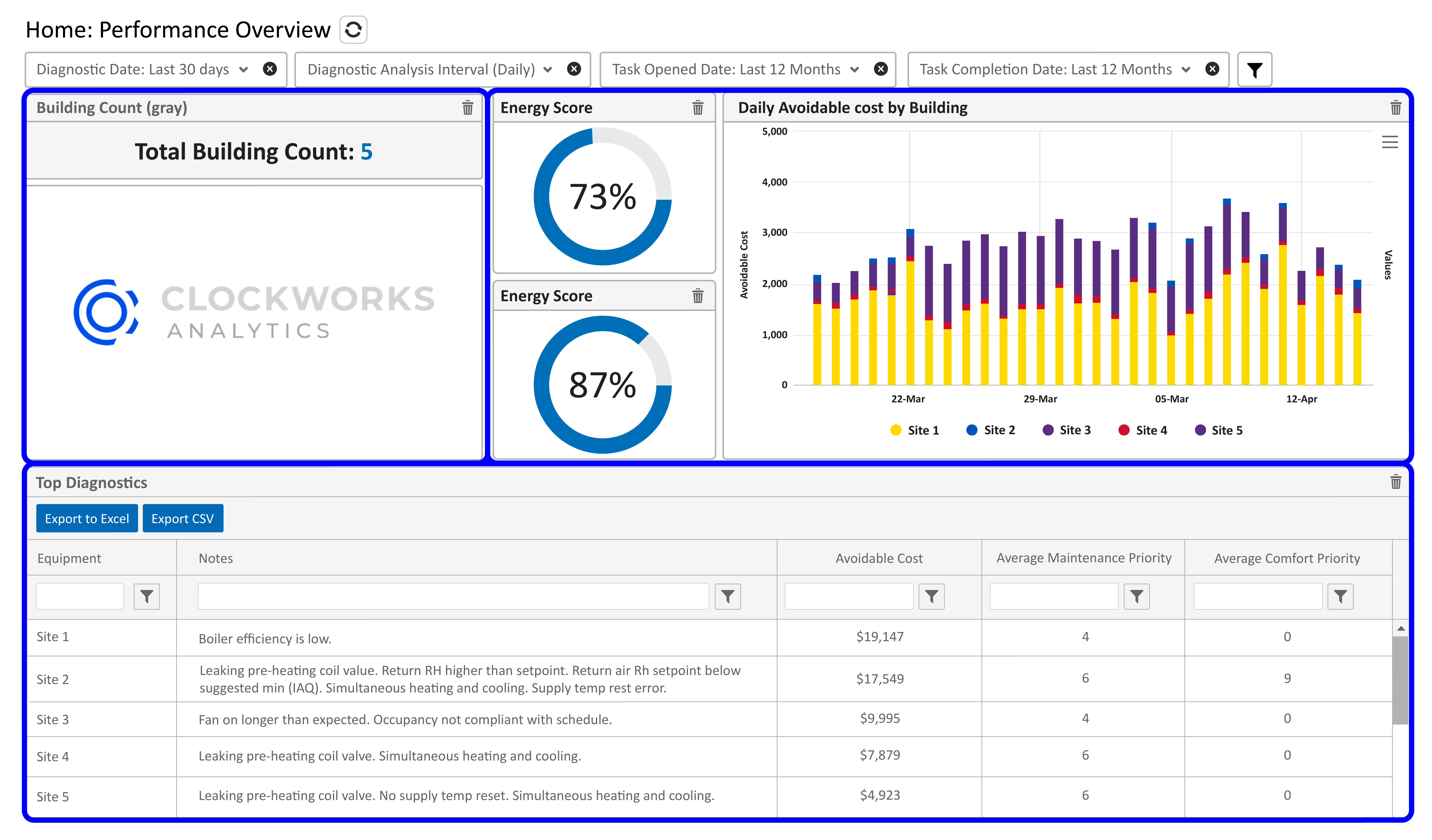Solution
MBCx is gaining in popularity among facility owners and operators in both the public and private sectors. MBCx is a highly automated, extended commissioning process that uses sophisticated controls technology to give operators the visibility needed to make data-driven capital investment decisions.
Since working with the client as a commissioning service provider in 2019, Burns & McDonnell has been a crucial partner in helping this healthcare giant achieve its goals for its various facilities. From the outset of this project, the client’s leadership stressed the importance of innovation, particularly with the usage of trended system data, which had long been an underutilized resource.
In order to replace an outdated structure, the client collaborated with a local firm to construct a 40,000-square-foot facility. The building represented an opportunity to establish an overall improved standard for building delivery and operation for the healthcare client. The directive of the project was to enhance the process for delivering high-quality facilities, improve long-term building performance and simplify the client’s ability to maintain buildings at an optimal level. As a template to accomplish our client’s goals, our commissioning team used the U.S. Green Building Council's LEED v4 Monitoring-Based Commissioning program.
To execute this data-driven approach to commissioning services, the client tasked Burns & McDonnell with establishing specific building performance acceptance criteria that had to be proven with two weeks of trend log data as a contingency for substantial completion.
Our team advocated for establishing performance benchmarks that would verify interior temperature control, interior relative humidity fluctuations, the status of negative pressure examination rooms, demand control ventilation usage and rooftop unit discharge air performance. In addition to advising our client on the creation of building acceptance criteria, our team assisted with the implementation of the Clockworks analytics platform, which was a first-of-its-kind usage for the client.

